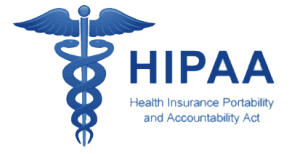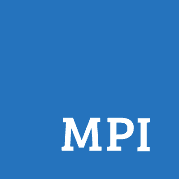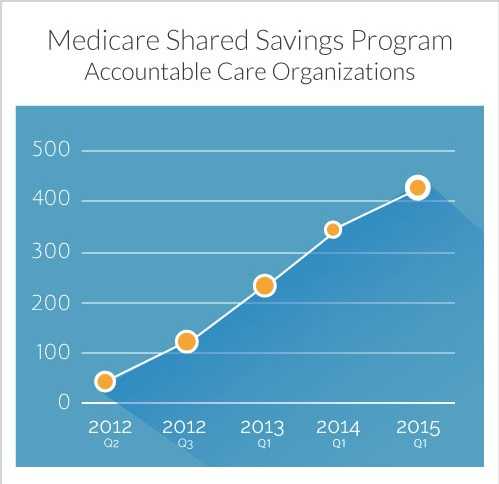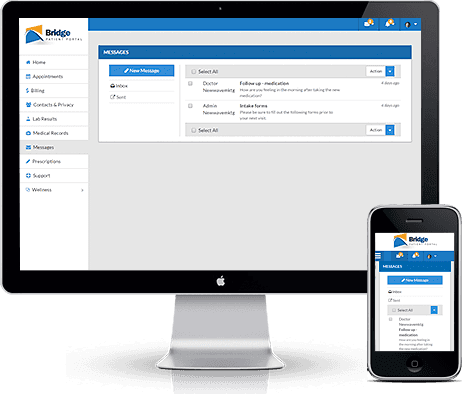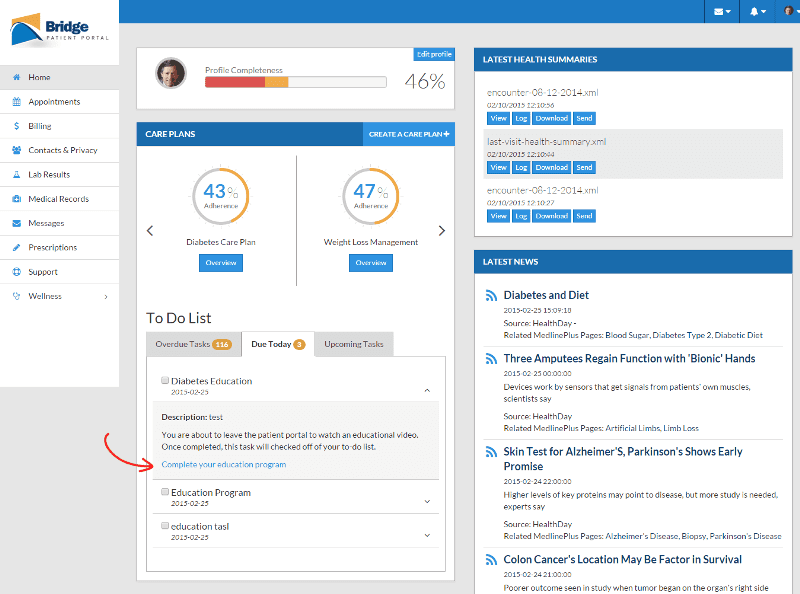- Blake Rodocker
- May 18, 2015
Bridge Patient Portal May Product Updates
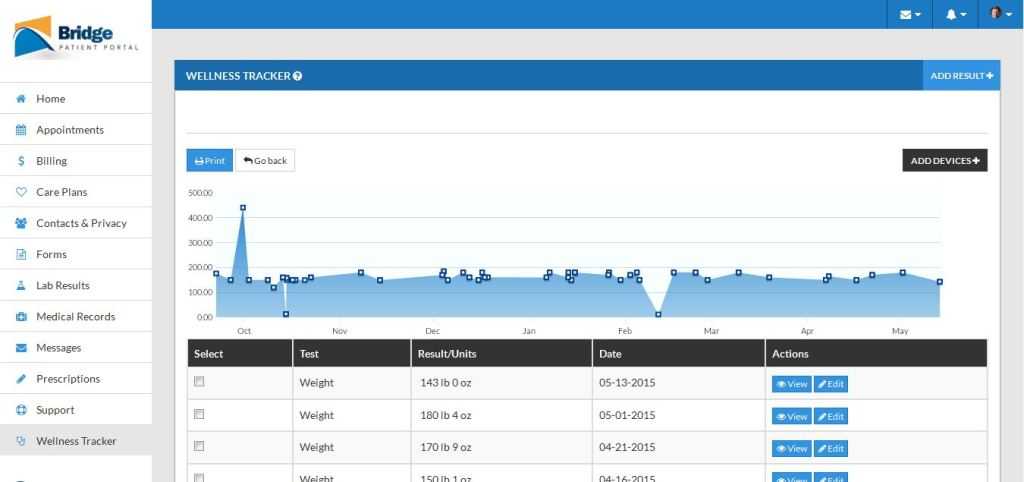
In May, the Bridge Patient Portal development team worked on making updates to the portal in order to improve usability, facilitate system maintenance and more. We also made the patient portal more care coordinator friendly. Learn more about our new features below. Disabling the Portal for Maintenance We have made…Read more
